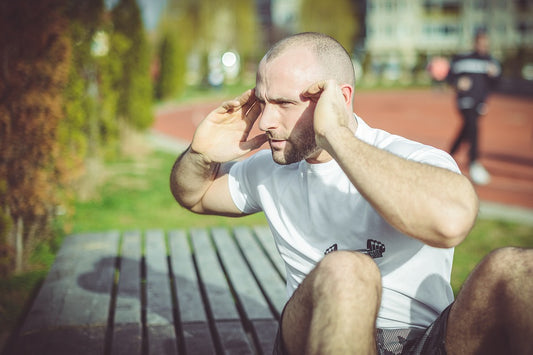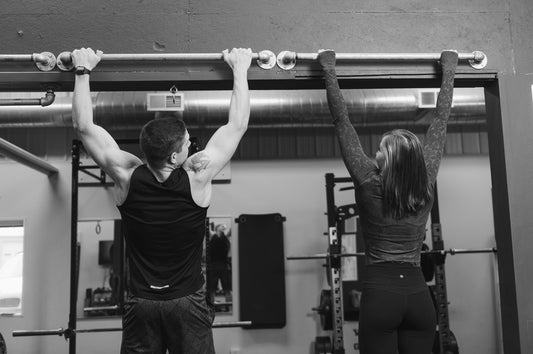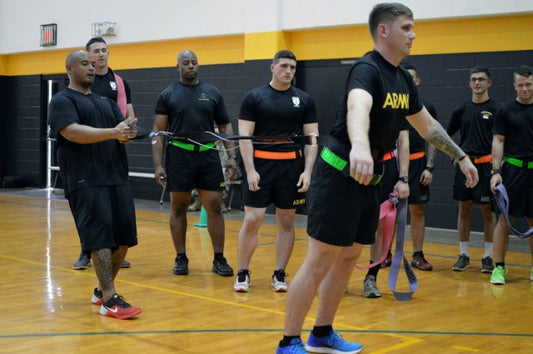CrossFit

The Best Cross Training Workout Plan for Great Abs
The Mountain climber To lose fat and tone your lower ab muscles you must engage in aerobic exercise. Mountain climber luckily for you provides a total-body and cardiovascular CrossFit workout. You...
The Best Cross Training Workout Plan for Great Abs
The Mountain climber To lose fat and tone your lower ab muscles you must engage in aerobic exercise. Mountain climber luckily for you provides a total-body and cardiovascular CrossFit workout. You...
How to Prevent Potential Cross Training Injuries?
CrossFit has been known to expose individuals to many and diverse forms of exercise. Loading these exercises with weight when one is not yet readily prepared may lead to injury....
How to Prevent Potential Cross Training Injuries?
CrossFit has been known to expose individuals to many and diverse forms of exercise. Loading these exercises with weight when one is not yet readily prepared may lead to injury....

Cross Training training - How to Get Fit at the...
At the beginning of every year, millions of people make resolution goals to live healthier and get in better shape. However, hitting the CrossFit gym each day can feel like...
Cross Training training - How to Get Fit at the...
At the beginning of every year, millions of people make resolution goals to live healthier and get in better shape. However, hitting the CrossFit gym each day can feel like...

Four Essential Leg Cross Training Workout Moves...
The sheer number and breadth of lower-body exercises can make creating a good leg workout intimidating. This is why we have done the work for you. These four essential moves...
Four Essential Leg Cross Training Workout Moves...
The sheer number and breadth of lower-body exercises can make creating a good leg workout intimidating. This is why we have done the work for you. These four essential moves...

Top Benefits of Cross Training Workouts for Teens
Many teens know that CrossFit is a training regime that combines Olympic weightlifting, gymnastics, and other forms of intense workouts. However, few of them know exactly how CrossFit as a...
Top Benefits of Cross Training Workouts for Teens
Many teens know that CrossFit is a training regime that combines Olympic weightlifting, gymnastics, and other forms of intense workouts. However, few of them know exactly how CrossFit as a...

Cross Training Exercises - Improving Position &...
Squat therapy, one of the major CrossFit exercises, has the power to enable you comfortably to perform the difficult positions of squat and at the same time enhance your focus...
Cross Training Exercises - Improving Position &...
Squat therapy, one of the major CrossFit exercises, has the power to enable you comfortably to perform the difficult positions of squat and at the same time enhance your focus...


